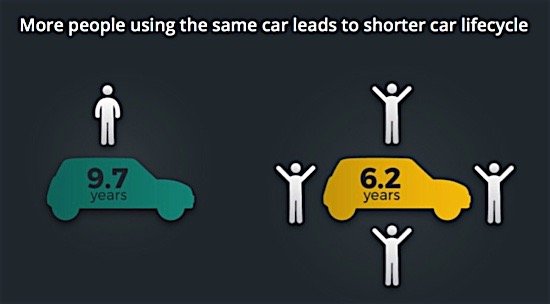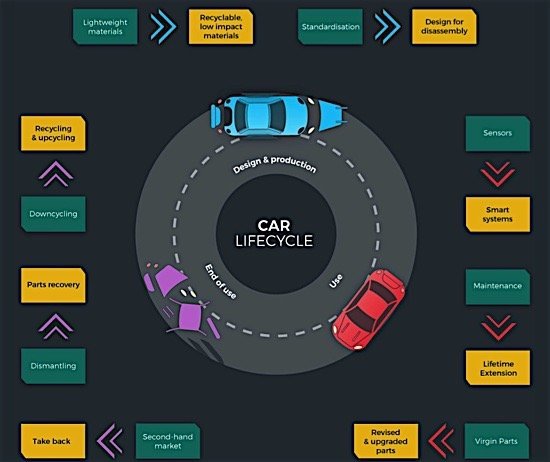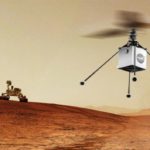
Perhaps the single greatest driver of innovation in the auto industry these days is increasingly stringent government regulations concerning fuel efficiency standards and carbon emissions. One of the simplest ways to achieve higher fuel efficiency is, of course, to reduce the overall weight of the vehicle, and lightweighting has become a major area of research in the auto industry. Automotive researchers at IHS Markit now predict that the average vehicle could incorporate 350 kilograms of plastics by the year 2020, up from a current average of about 200 kg. The researchers cite the US Corporate Average Fuel Efficiency (CAFE) standards, which mandate that carmakers’ passenger car fleets must improve their fuel economy by 50 per cent by the year 2025.
While much lightweighting is achieved by using lighter metals—aluminum rather than steel, for example—the IHS Markit study says that more and more automakers are using more novel approaches, including plastics and next-generation composites. The senior manager of automotive advisory services at IHS Markit, Casey Selecman, commented that the use of plastics will only increase as the materials improve and production costs are reduced.
Aside from the practical benefits of lighter weight components, there is also an aesthetic one. Advanced plastics and composites, said Selecman, give designers greater “freedom of expression” than conventional metals. They can be used in a wide range of components, including electronics, body panels, lift gates, seatbacks, centre consoles, interior trim and underhood applications.
Plastics used in automotive manufacturing are often compounded with fibreglass. Carbon fibres and polymer matrix composites can enable weight reduction of up to 70 per cent. IHS Markit expects the use of carbon fibre in the auto industry to double by 2020.

In the next few years, the automotive industry will change more rapidly and more extensively than in the preceding decades. However, environmentally friendly mobility remains the key topic for the automotive industry. Suppliers need to be able to adapt to these changes quickly in order to stay relevant and avoid becoming the ‘Kodak’ of the automotive industry.
The Circular Car
The IHS Markit predictions coincide with the release of new report in Europe published by ABN AMRO. The report, On the Road to the Circular Car, says that car parts manufacturers are uniquely positioned to respond to changing consumer demands as well as government regulations which together are changing the ways we think of cars and use them. While the idea of the circular car—one that is designed from top to bottom with every phase of its life cycle planned in detail, from manufacture to use to end of life—is not widely popular yet, changing consumer demands will force manufacturers to adopt the idea soon.

For one thing, the ABN AMRO report says that car-sharing trends, on the rise in Europe and North America, will lead to shorter life cycles for cars. Adopting a circular approach to their manufacture will ensure that cars have “a second, third and fourth life.”
This will include the greater use of new polymers and lightweight materials, which must not only reduce the weight of the car but also be recyclable. This is the challenge now facing manufacturers, as most currently available materials are not recyclable and in fact entail greater long-term environmental costs.
Some initiatives, such as the TU/ecomotive Nova, an electric, modular car, are focusing on improved modularity and reconfigurable parts that can be easily exchanged and adjusted. Others, including Tesla and Volvo, have established buy-back schemes to retain any remaining value in their cars. Parts can be broken down into reusable raw materials or upgraded for reuse.
According to ABN AMRO, the auto industry will change more rapidly and more extensively in the next few years than it has in decades. The key issue remains “environmentally friendly mobility,” and suppliers need to adapt quickly, or become irrelevant, the Kodak of the auto industry.
Principles of Circular Manufacturing*
- Recyclable, low impact materials: developing innovative materials that deliver safety and light-weighting while also ensuring recyclability and minimal environ- mental impact.
- Design for disassembly: designing for modularity to enable easier disassembly and recovery at the end of use.
- Smart systems: creating intelligent and connected systems that enable greater monitoring and tracking.
- Lifetime extension: providing maintenance, repair, and upgrade services at appropriate intervals to ensure continued functionality and long lifetime.
- Revised & upgraded parts: enabling a steady supply of revised and upgraded replacement parts to support continued functionality.
- Take back: capturing the second-hand value of end-of-use car parts.
- Parts recovery: harvesting reusable parts and components for further use in the industry after end of use.
- Recycling & upcycling: maximising material reuse within the industry and recycling for new innovative purposes.
*From On the Road to the Circular Car


































